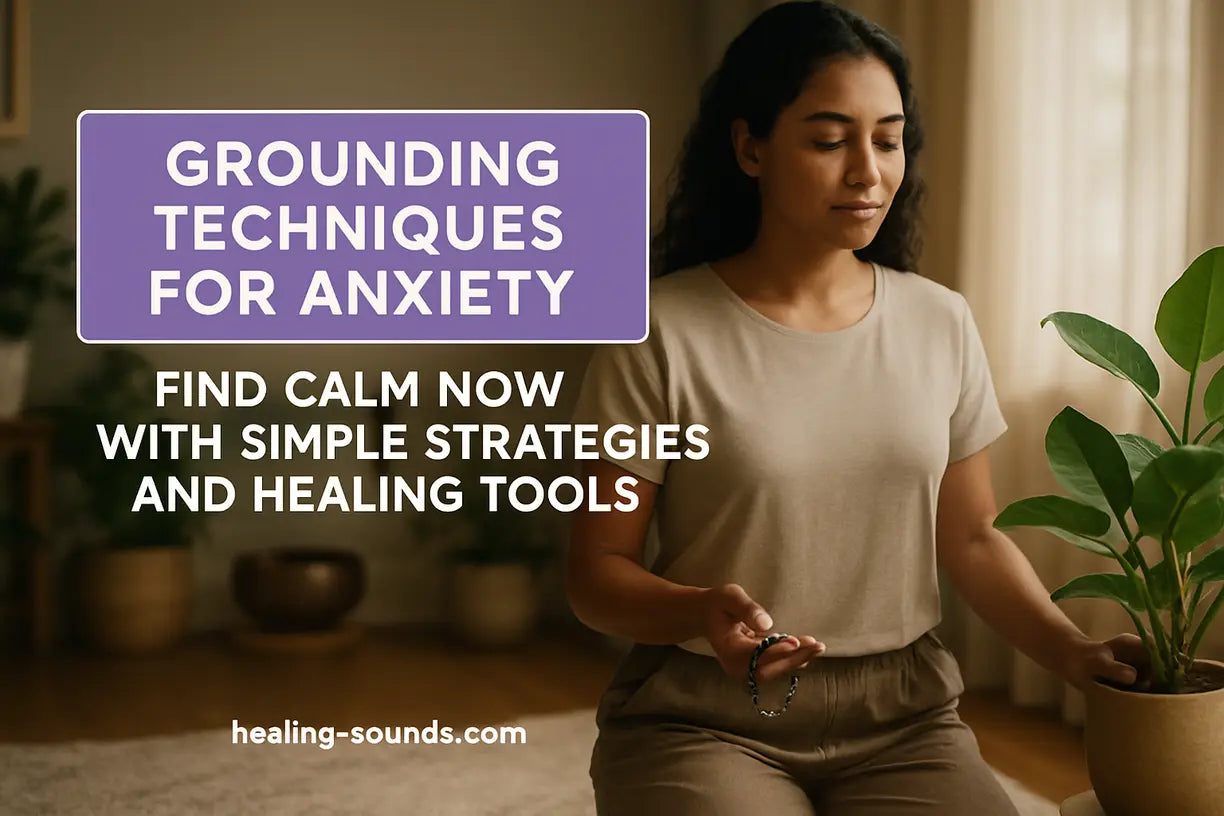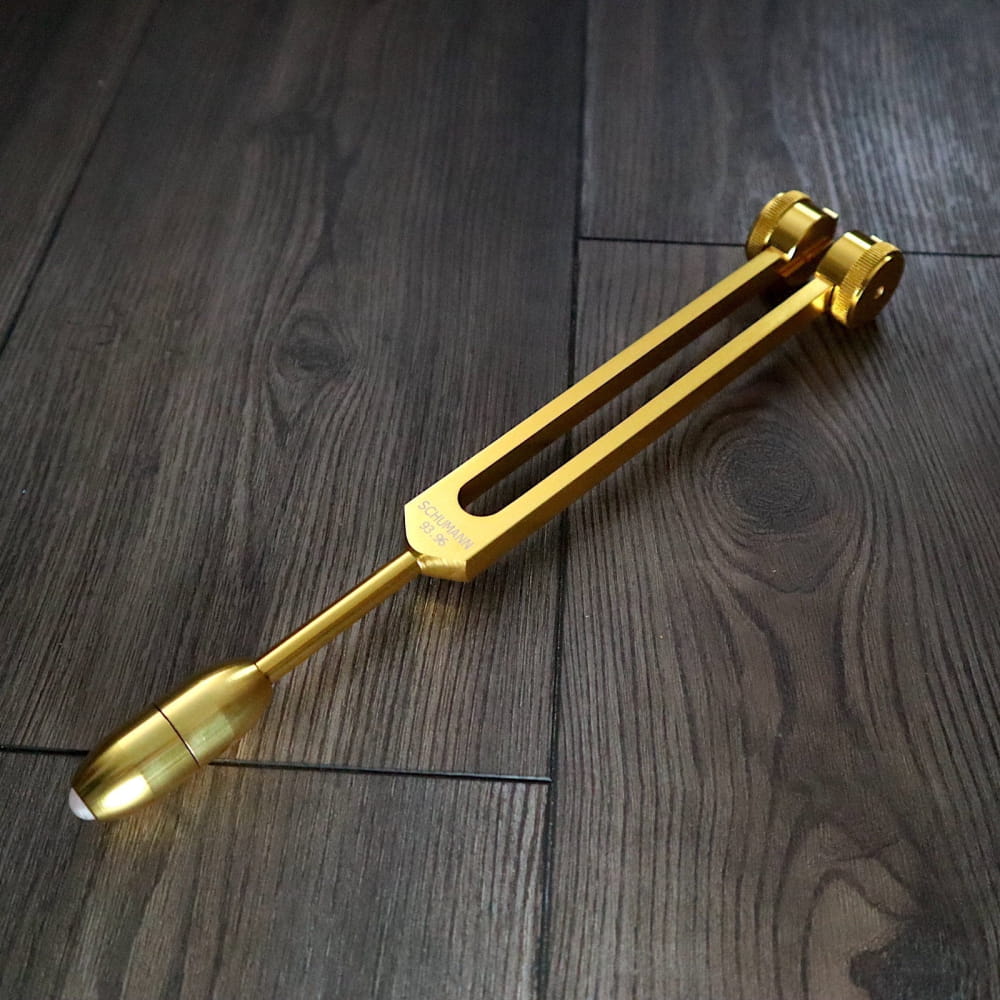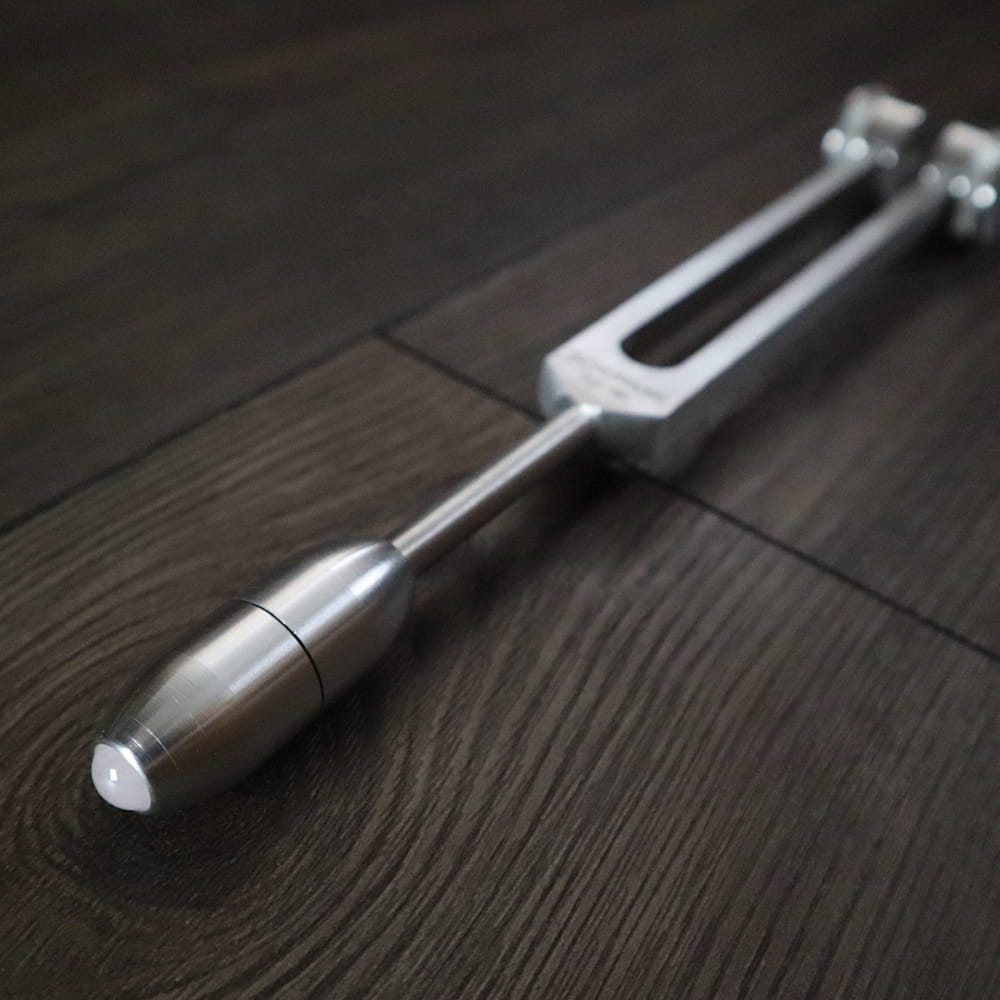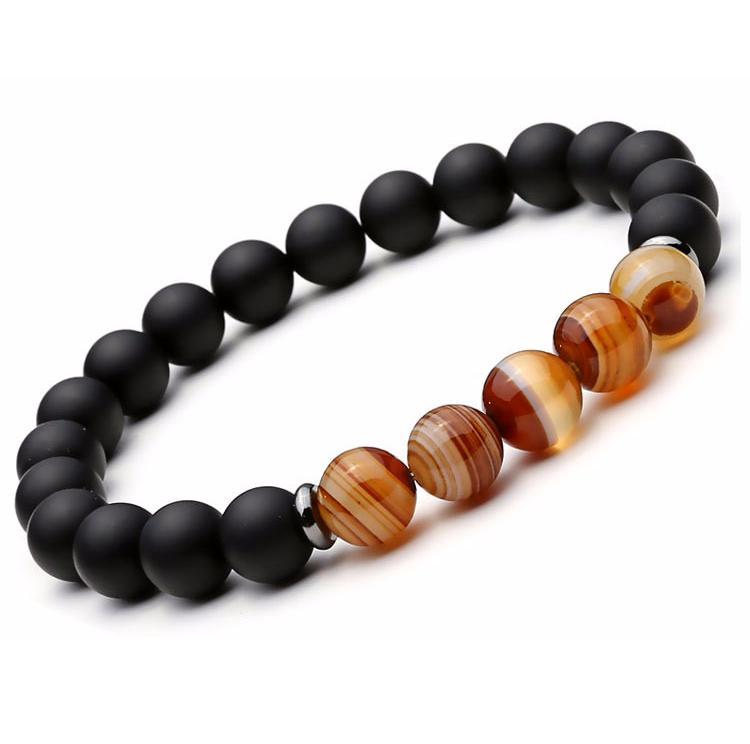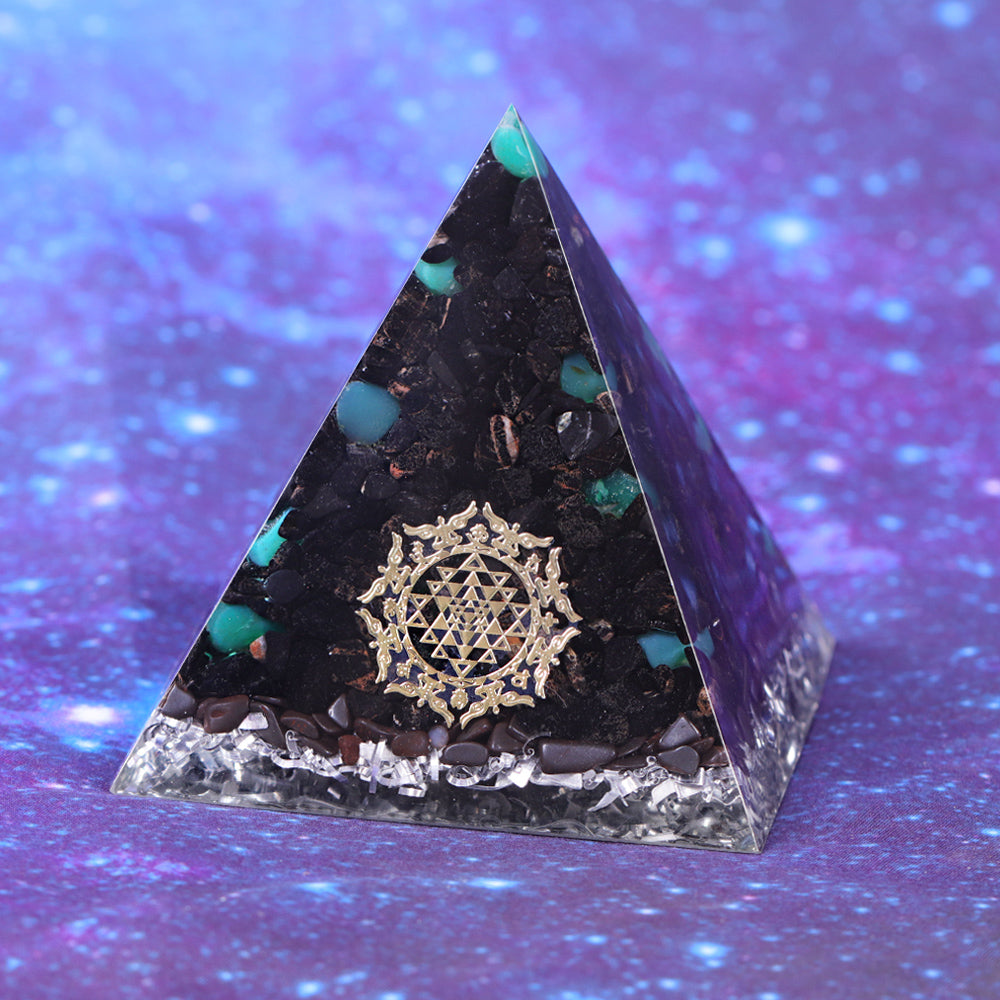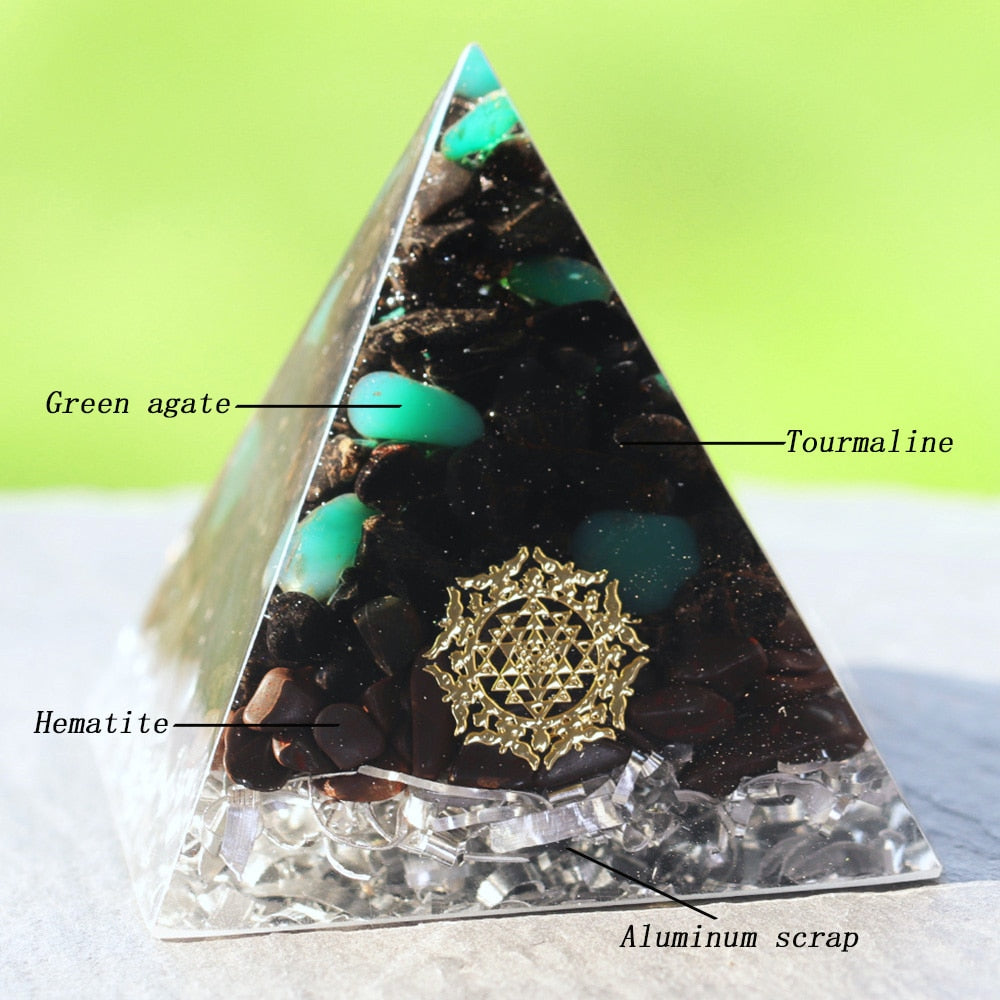Wenn der Sturm der Angst losbricht, kann es sich anfühlen, als würde man von einer unerbittlichen Flut rasender Gedanken, Herzklopfen und überwältigender Panik mitgerissen. In diesen Momenten ist es entscheidend, einen Anker zu finden. Hier werden Erdungstechniken gegen Angst zu Ihrem stärksten Verbündeten. Diese einfachen, praktischen Strategien sollen Sie aus dem chaotischen Kreislauf in Ihrem Kopf herausholen und Sie wieder mit dem Hier und Jetzt verbinden. Sie bieten sofortige Erleichterung und ein Gefühl der Kontrolle. Wenn Sie nach effektiven Methoden suchen, um Angstspitzen zu bewältigen, sind Sie hier richtig. Dieser Leitfaden führt Sie durch wirkungsvolle Erdungsübungen, die Sie jederzeit und überall anwenden können, um Ruhe zu finden.
Was sind Erdungstechniken und warum funktionieren sie?
Erdung ist die Praxis, sich im gegenwärtigen Moment zu verankern. Wenn Sie Angstzustände oder traumabedingte Flashbacks erleben, kann Ihr Geist in vergangenen Sorgen oder Zukunftsängsten stecken bleiben. Erdungstechniken funktionieren, indem Sie Ihren Fokus bewusst auf Ihren Körper und Ihre unmittelbare Umgebung lenken. Diese Neuausrichtung der Aufmerksamkeit hilft, die Rückkopplungsschleife ängstlicher Gedanken zu unterbrechen.
Wissenschaftlich erwiesen ist, dass diese Methoden das parasympathische Nervensystem aktivieren, das für die Ruhe- und Verdauungsreaktion verantwortlich ist. Sie wirken dem durch Angst ausgelösten „Kampf-oder-Flucht“-Modus entgegen, verlangsamen den Herzschlag, vertiefen die Atmung und beruhigen den Geist. Indem Sie sich auf das konzentrieren, was Sie sehen, hören, berühren, riechen und schmecken, senden Sie Ihrem Gehirn das Signal, dass Sie hier und jetzt sicher sind. Es ist eine Art zu sagen: „Ich bin körperlich anwesend und es geht mir gut“, was unglaublich effektiv sein kann, um Panik zu deeskalieren.
Die 3 wirksamsten Erdungsübungen zur sofortigen Linderung von Angstzuständen
Das Schöne an Erdungsübungen gegen Angst ist ihre Einfachheit und Zugänglichkeit. Sie benötigen weder spezielle Ausrüstung noch einen bestimmten Ort. Hier sind drei der effektivsten Methoden, die Sie sofort ausprobieren können.
Die 5-4-3-2-1-Sensorik-Methode
Dies ist die wohl bekannteste Erdungstechnik, da sie alle fünf Sinne systematisch einbezieht und Sie zurück in die Gegenwart bringt. Sie ist leicht zu merken und äußerst effektiv. So geht's:
- Erkennen Sie 5 Dinge, die Sie SEHEN können: Schauen Sie sich um und benennen Sie langsam fünf verschiedene Objekte. Es könnte ein Stift, ein Punkt an der Decke oder ein Auto vor dem Fenster sein. Achten Sie auf ihre Farben, Formen und Texturen.
- 4 Dinge wahrnehmen, die Sie BERÜHREN können: Konzentrieren Sie sich auf die körperliche Empfindung von vier Dingen, die Sie fühlen können. Das kann die Beschaffenheit Ihrer Jeans sein, die Glätte Ihres Schreibtisches, das Gefühl Ihrer Füße auf dem Boden oder eine kühle Brise auf Ihrer Haut.
- Achten Sie auf drei Dinge, die Sie HÖREN können: Hören Sie aufmerksam zu und identifizieren Sie drei verschiedene Geräusche. Vielleicht ist es das Summen eines Computers, Vogelgezwitscher oder das entfernte Geräusch von Verkehr.
- Achten Sie auf zwei Dinge, die Sie RIECHEN können: Nehmen Sie sich einen Moment Zeit, um zwei Gerüche in Ihrer Umgebung wahrzunehmen. Vielleicht ist es der schwache Geruch von Kaffee, Seife an Ihren Händen oder die frische Luft aus einem offenen Fenster.
- Konzentrieren Sie sich auf eine Sache, die Sie schmecken können: Konzentrieren Sie sich abschließend auf eine Sache, die Sie schmecken können. Dies könnte der Nachgeschmack Ihrer letzten Mahlzeit sein, ein Schluck Wasser oder einfach das Gefühl Ihrer Zunge im Mund.

Die 3-3-3-Regel für schnelles Neuzentrieren
Wenn Ihnen die 5-4-3-2-1-Methode in einem Moment großer Angst zu viele Schritte zu sein scheinen, ist die 3-3-3-Regel eine fantastische und schnellere Alternative. Sie funktioniert nach dem gleichen Prinzip der externen Konzentration, ist aber prägnanter.
- Sehen und benennen: Schauen Sie sich um und benennen Sie drei Dinge, die Sie sehen können.
- Hören und benennen: Identifizieren Sie drei Geräusche, die Sie hören können.
- Bewegen: Bewegen Sie drei verschiedene Körperteile, wie Ihre Finger, Knöchel und Arme.
Achtsames Atmen und auditive Erdung
Ihr Atem ist ein kraftvolles, tragbares Werkzeug zur Beruhigung. Bewusstes, tiefes Atmen kann Ihr Nervensystem schnell beruhigen. In Kombination mit Klang wird es zu einer noch intensiveren Erdungsübung. Konzentrieren Sie sich auf die beruhigende Resonanz einer bestimmten Frequenz, beispielsweise der Eigenfrequenz der Erde. Speziell entwickelte Instrumente können hierfür besonders hilfreich sein.
Eine Stimmgabel, wie die Schumann-Gabel mit 93,96 Hz, erzeugt einen Klang, der mit der natürlichen Frequenz der Erde schwingt. Ihre Verwendung während des Übens kann dazu beitragen, Ihre Verbindung zu einem Zustand der Ruhe und Stabilität zu vertiefen und ist somit ein wirksames Hilfsmittel zur akustischen Erdung.
Schumann 93,96 Hz Stimmgabel aus Metall mit Edelsteingriffen
$79.90 $129.90
Verbinden Sie sich mit der beruhigenden, erdenden Erdresonanz – verwenden Sie sie bei Erdungstechniken gegen Angstzustände und zur bewussten Entspannung
Produkt entdeckenAktivieren Sie Ihre Sinne: Physische und taktile Erdung
Manchmal ist körperliche Berührung der effektivste Weg, sich zu erden. Dies kann die Verbindung mit der Natur, die Konzentration auf eine bestimmte Textur oder das Halten eines Gegenstands sein, der sich fest und real anfühlt. Schon das einfache Drücken der Hände in die kühle Erde, wie unten gezeigt, kann unglaublich stabilisierend wirken.
Sie können auch taktile Objekte verwenden, um sich zu verankern. Dies kann ein glatter Stein, ein Stück weicher Stoff oder sogar Erdungsschmuck sein. Das Tragen von etwas wie einem Hämatitarmband dient als ständige, sanfte Erinnerung daran, im Hier und Jetzt zu bleiben. Wenn Sie spüren, wie Angst aufsteigt, können Sie die kühlen, schweren Steine berühren und sich auf ihre Beschaffenheit und Temperatur konzentrieren, um Ihre Aufmerksamkeit wieder auf Ihren Körper zu lenken.

[Sammlungs-Schieberegler]
Unterstützen Sie Ihre Erdungspraxis
$39.99
$49.99
Tragen Sie dieses Hämatit- und Achatarmband, um die tägliche Erdung, das Gleichgewicht und die Linderung von Ängsten mit der Energie natürlicher Steine zu unterstützen. Mehr erfahren ➔
$59.99
$79.99
Schützen Sie Ihren Raum und stabilisieren Sie die Energie – platzieren Sie diese Orgonpyramide in der Nähe während Erdungstechniken gegen Angstzustände Mehr erfahren ➔
So üben Sie Erdungstechniken effektiv
Der Schlüssel zum Erfolg von Erdungstechniken liegt darin, sie in einem ruhigen Zustand zu üben . Dadurch wird das Muskelgedächtnis gestärkt, sodass die Übung bei Angstzuständen vertraut und leichter zugänglich ist. Warten Sie nicht auf eine Panikattacke, um die 5-4-3-2-1-Methode zum ersten Mal auszuprobieren. Probieren Sie sie aus, während Sie in einer Schlange warten oder am Schreibtisch sitzen. Eine ausführlichere Anleitung zur Integration dieser Übungen in Ihren Alltag finden Sie im folgenden Video mit hervorragenden visuellen Anweisungen und Tipps.
Denken Sie daran: Beständigkeit ist wichtiger als Perfektion. Herauszufinden, was für Sie funktioniert, ist eine persönliche Reise. Wie in verschiedenen Expertenressourcen zum Thema Stressbewältigung erwähnt, ist es das Ziel, einen Werkzeugkasten mit Strategien zu haben, auf den Sie zurückgreifen können. An manchen Tagen reicht eine Atemübung aus; an anderen Tagen müssen Sie möglicherweise alle fünf Sinne aktivieren.
Schaffen einer erdenden Umgebung
Zusätzlich zu spontanen Übungen können Sie einen physischen Raum schaffen, der Ihr geistiges Wohlbefinden unterstützt. Eine erdende Umgebung ist ein Rückzugsort mit Objekten, die Ruhe und Stabilität fördern. Dies könnte eine Ecke Ihres Zimmers mit einem bequemen Sessel, sanfter Beleuchtung und Gegenständen sein, die Ihre Sinne positiv ansprechen. Spezielle Hilfsmittel wie eine Stimmgabel, Erdungskristalle oder eine stabilisierende Orgonpyramide in der Nähe können Ihre Übungen zielgerichteter und unterstützender gestalten und Ihnen helfen, Ihren Raum abzuschirmen und seine Energie zu stabilisieren.

Holen Sie sich noch heute Ihre Ruhe zurück
Angst muss nicht Ihr Leben bestimmen. Indem Sie diese Erdungstechniken gegen Angst erlernen und anwenden, rüsten Sie sich mit wirkungsvollen, sofort anwendbaren und leicht zugänglichen Werkzeugen aus, um Ihren Frieden wiederzufinden. Ob die strukturierte 5-4-3-2-1-Methode, die schnelle 3-3-3-Regel oder die tiefe Resonanz einer Stimmgabel – diese Strategien befähigen Sie, dem Sturm zu entkommen und wieder festen Boden unter den Füßen zu finden. Wählen Sie zunächst eine Technik, die Ihnen zusagt, und probieren Sie sie noch heute aus. Ihre Ruhe ist zum Greifen nah.
Häufig gestellte Fragen zu Erdungstechniken bei Angstzuständen
Die „5 Dinge“-Erdungstechnik gegen Angst ist Teil der 5-4-3-2-1-Methode. Dabei nutzen Sie Ihre Sinne, um sich mit dem gegenwärtigen Moment zu verbinden, indem Sie 5 Dinge identifizieren, die Sie sehen, 4 Dinge, die Sie berühren, 3 Dinge, die Sie hören, 2 Dinge, die Sie riechen und 1 Sache, die Sie schmecken können. Dieser Prozess lenkt Ihren Fokus weg von ängstlichen Gedanken und hin zu Ihrer unmittelbaren Umgebung.
Die 3-3-3-Regel ist eine schnelle und einfache Methode, um Angstzustände zu lindern. Benennen Sie dazu einfach drei Dinge, die Sie sehen, identifizieren Sie drei Geräusche, die Sie hören, und bewegen Sie anschließend drei verschiedene Körperteile (z. B. Finger, Zehen und Kopf). Sie ist eine schnellere Alternative zur 5-4-3-2-1-Methode und daher besonders effektiv bei plötzlichen Angstzuständen.
Um Angstzustände zu erden, lenken Sie Ihre Aufmerksamkeit mithilfe Ihrer fünf Sinne von belastenden Gedanken auf den gegenwärtigen Moment. Gängige Methoden sind die 5-4-3-2-1-Technik, das Halten eines Eisstücks, die Konzentration auf die Atmung, das feste Aufdrücken der Füße auf den Boden oder das Berühren eines strukturierten Gegenstands. Ziel ist es, die Aufmerksamkeit in einer körperlichen Empfindung zu verankern, um den Angstkreislauf zu unterbrechen.
Erdung ist eine wirksame Bewältigungsstrategie, die die Intensität von Angstzuständen im Moment effektiv reduzieren und Panikattacken deeskalieren kann. Auch wenn sie eine Angststörung nicht vollständig „beseitigt“, kann regelmäßiges Üben helfen, die Symptome zu lindern, die Häufigkeit und Schwere von Angstspitzen zu reduzieren und Ihnen ein Gefühl der Kontrolle zu geben. Es ist ein wichtiges Instrument in einem umfassenden Angstbewältigungsplan, der auch Therapie, Lebensstiländerungen und andere Strategien umfassen kann.
Zu den gängigen Erdungstechniken bei Angstzuständen zählen: die 5-4-3-2-1-Methode (unter Einbeziehung aller fünf Sinne), die 3-3-3-Regel (Sehen, Hören, Bewegen), Atemübungen, das Halten eines taktilen Gegenstands wie eines Erdungssteins oder -armbands, das Spritzen von kaltem Wasser ins Gesicht und das bewusste Essen oder Trinken von etwas.

